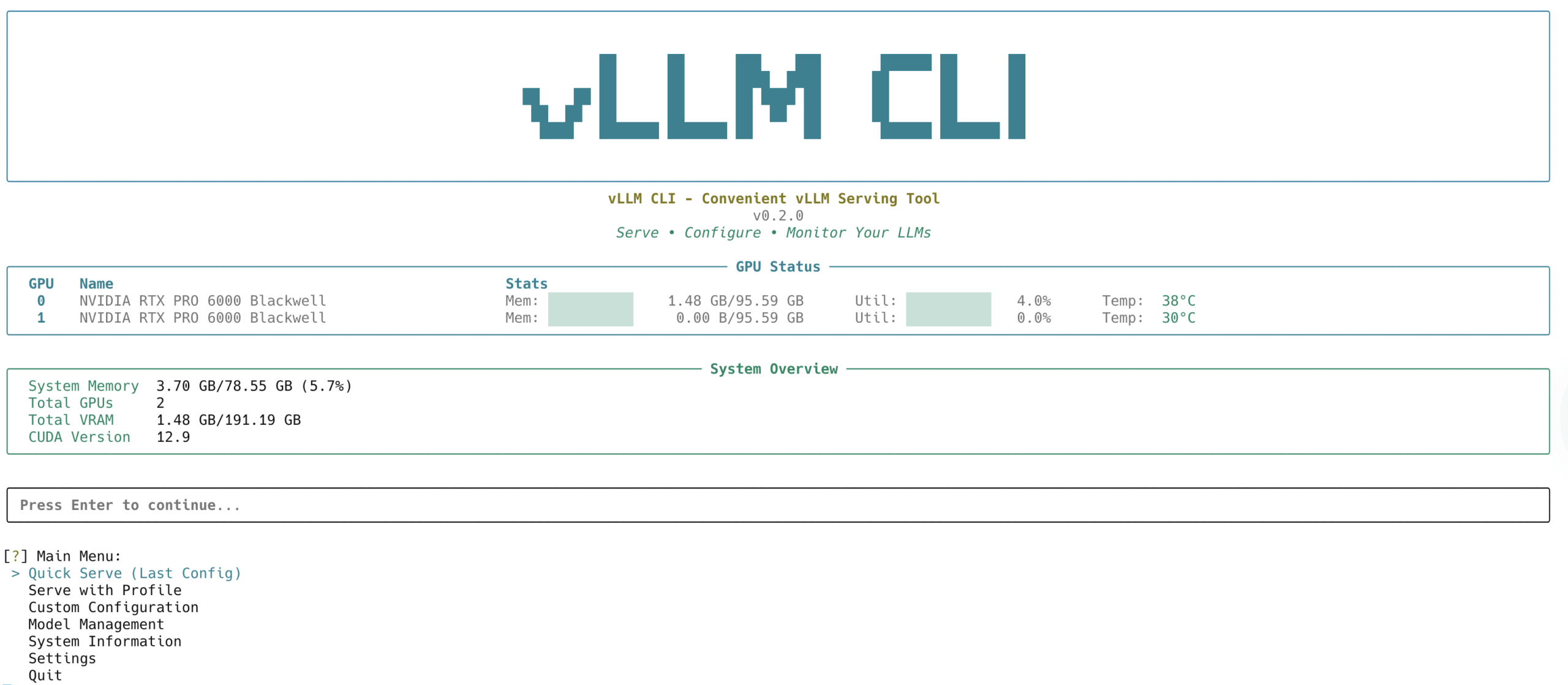Four-layer stability assurance scheme based on GPT-Load
Common problems in high concurrency scenarios include: API speed limitation, network jitter, response timeout and so on. These problems can be solved systematically by GPT-Load's load balancing system:
- request distribution layer: automatically select proxy paths based on node load, support for setting the maximum number of concurrency (modify the replicas parameter of docker-compose.yml)
- fail and retry layer: built-in exponential backoff algorithm, automatically retries when 5xx errors are detected (default 3 times, adjustable via RETRY_TIMES in .env)
- Cache Acceleration Layer: Configure the Redis cluster to automatically cache the results of HF requests (you need to turn on the cache switch in the admin interface)
- fusion protection layer: Automatically suspends the problem key when the error rate exceeds a threshold and periodically resumes it through a health check mechanism
Operation and maintenance suggestions: 1) keep Redis connection consistent when cluster deployment; 2) regularly check docker compose logs to monitor error logs; 3) combine with Prometheus to configure automated alert rules. Performance tests show that the program can improve QPS by 5-8 times.
This answer comes from the articleGPT-Load: High Performance Model Agent Pooling and Key Management ToolThe












